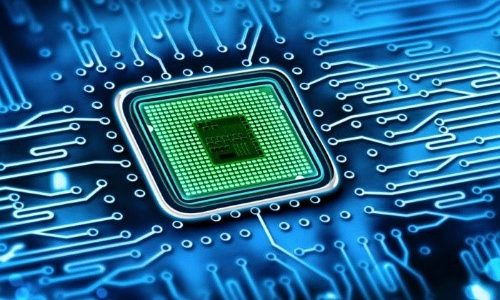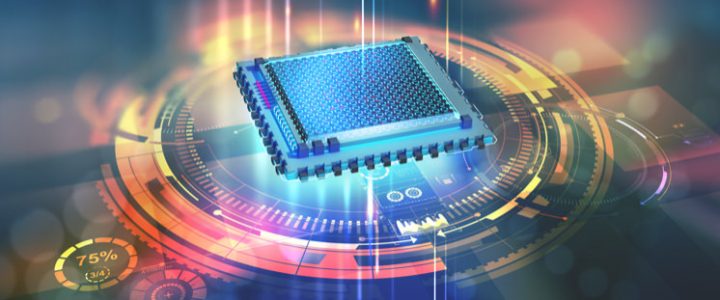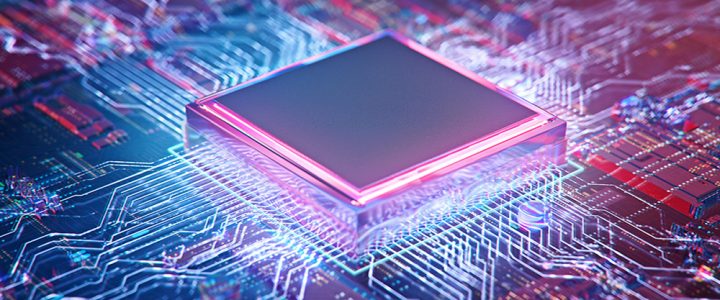| 1 YEAR | II semester | 6 CFU + 3 cfu extra |
| Rocco Giofre’ | A.Y. 2021-22
A.Y. 2022-23 |
| Paolo Colantonio | A.Y. 2023-24 – program 📑 |
| Code: 8037954 (9CFU) 80300060 (6CFU) SSD: ING-INF/01 (by Engineering Sciences) |
The students who include Analogue Electronics in their study plan are strongly advised to include it in its 9-CFU version, with the last 3 CFUs (out of 9) working as Extra Credits.
LEARNING OUTCOMES:
Learning the basic concept of analogue electronic systems and circuits and developing the competencies to design electronic circuits.
The educational objectives are pursued through lectures and exercises.
KNOWLEDGE AND UNDERSTANDING:
The student acquires the basic conceptual and analytical knowledge, both theoretical and applied, of the main basic electronic components. Subsequently, it acquires knowledge related to the integration of basic electronic components for the development of more complex electronic systems, such as amplifiers, oscillators, rectifiers, etc.
APPLYING KNOWLEDGE AND UNDERSTANDING:
The student will demonstrate to have acquired the methodologies for the analysis and synthesis (design) of simple electronic circuits.
MAKING JUDGEMENTS:
The student must be able to integrate the basic knowledge provided with those deriving from physics, mathematics, and electrical engineering courses, in order to correctly select the most appropriate analytical and circuit synthesis options.
COMMUNICATION SKILLS:
Students must be able to illustrate the basic themes of the course synthetically and analytically, linking together the different concepts that are integrated into more complex electronic systems.
Prerequisite: Knowledge of network analysis in general.
SYLLABUS:
Diode semiconductor devices and circuit applications: clipper, clamper, peak detector, etc. Bipolar Junction and Field Effect Transistors. Biasing techniques for Transistors. Amplifiers classification, analysis, and circuit design. Frequency response of single and cascaded amplifiers. Differential amplifiers and Cascode. Current mirrors. Feedback amplifiers and stability issues. Power amplifiers. Operational amplifiers and related applications. Oscillator circuits. Integrated circuits and voltage waveform generators.
Books for references
“Electronics: a systems approach”, Neil Storey, Prentice Hall
“Elettronica di Millman”, J. Millman, A. Grabel, P. Terreni, McGraw-Hill
HOW TO ATTEND LESSONS:
Although attendance is optional, given the complexity of the topics covered, it is strongly recommended to follow the lessons.
 UNIVERSITA' DEGLI STUDI ROMA "TOR VERGATA"
UNIVERSITA' DEGLI STUDI ROMA "TOR VERGATA"



